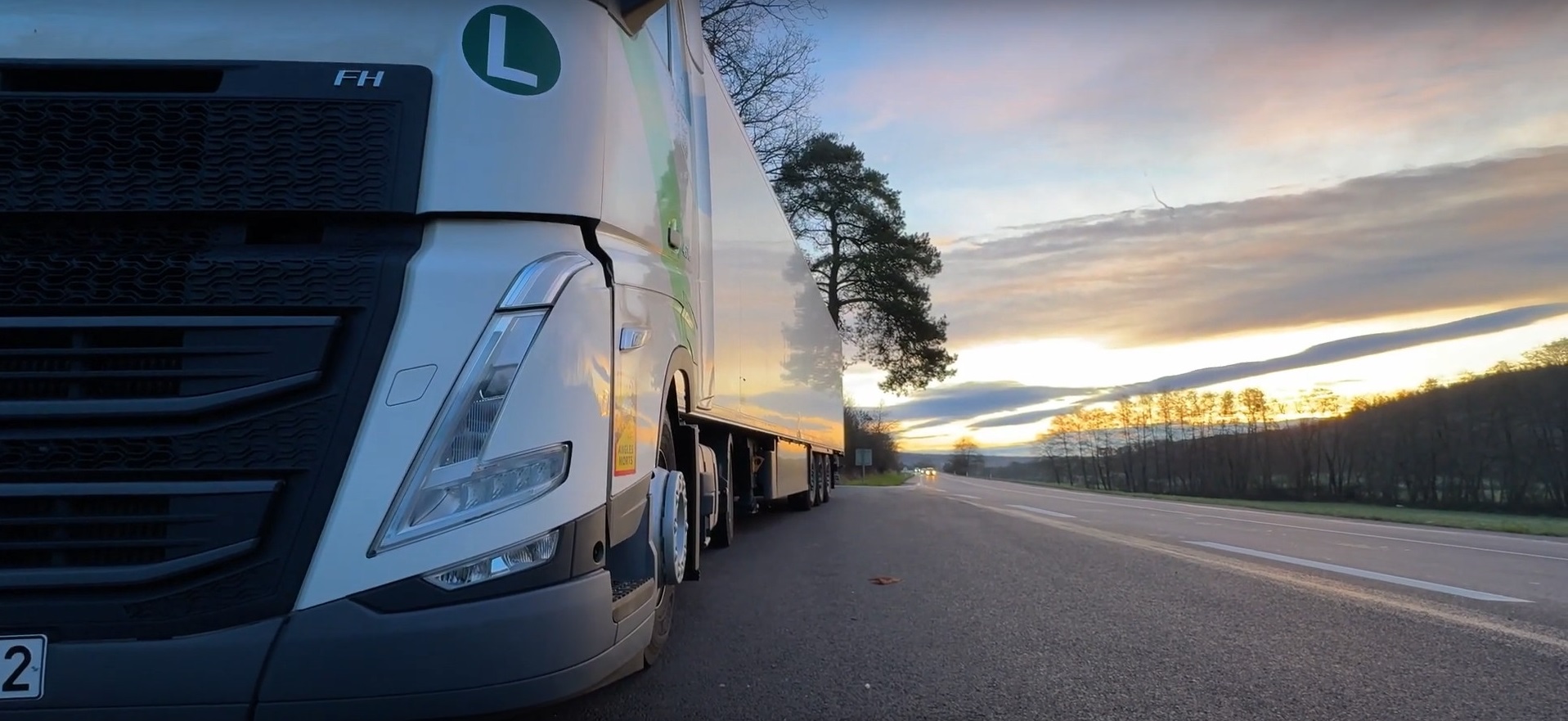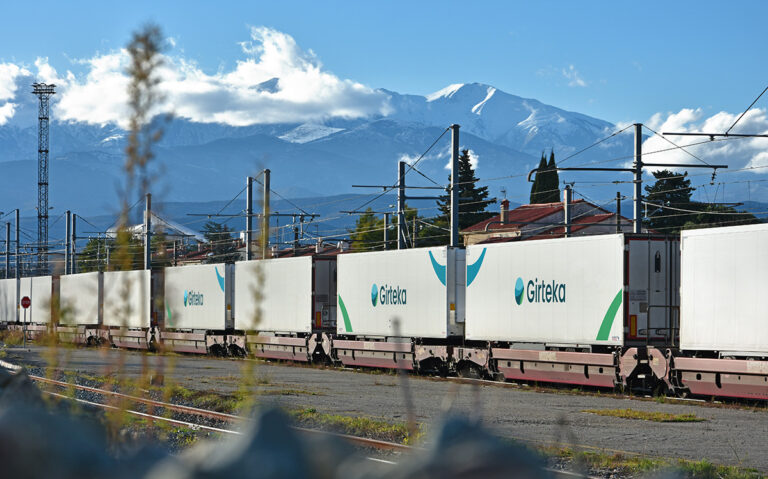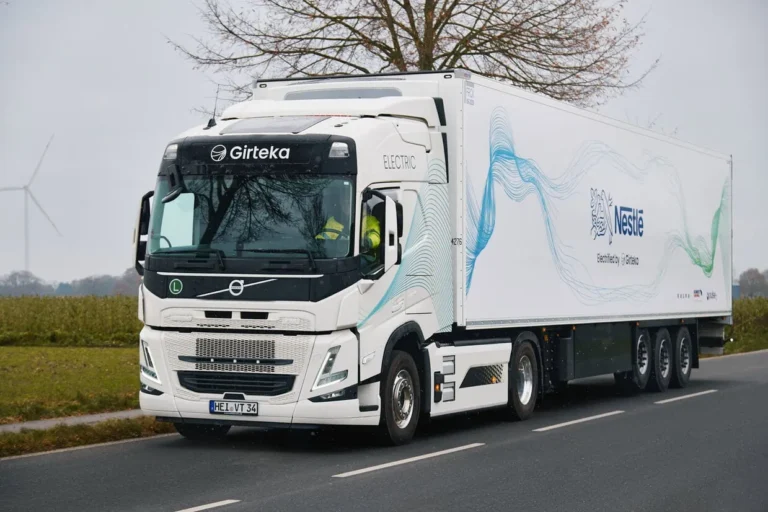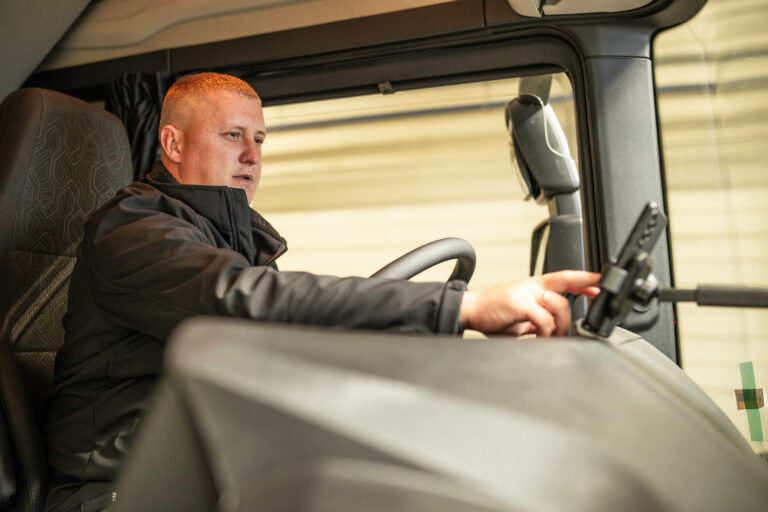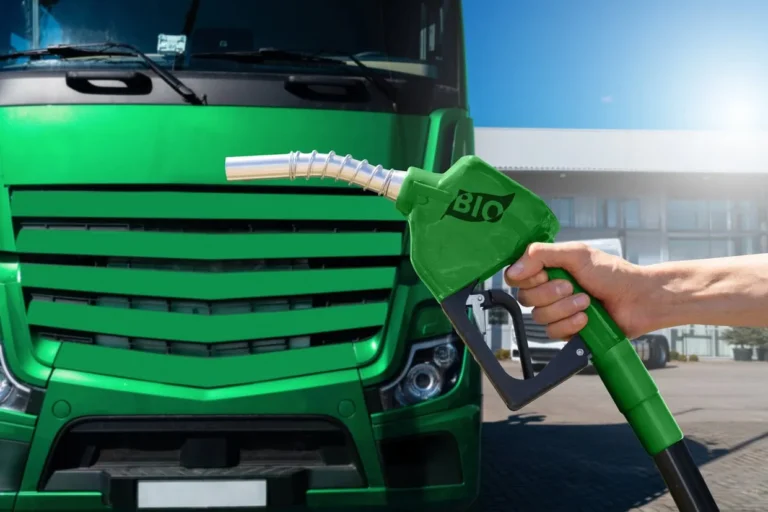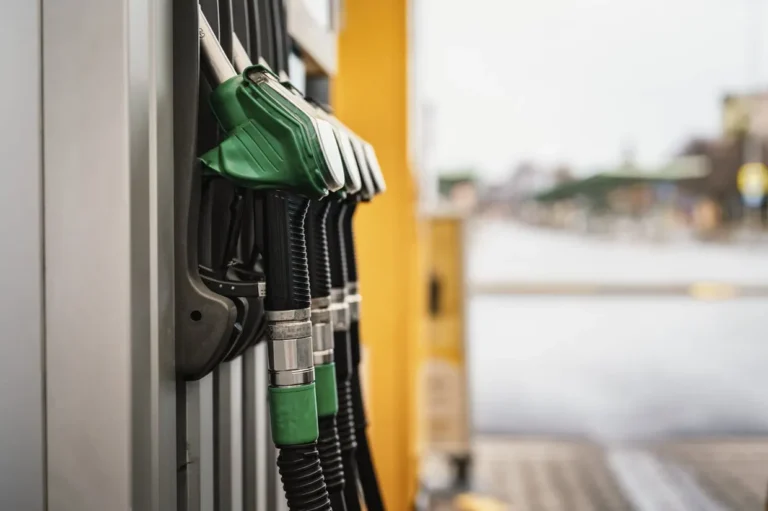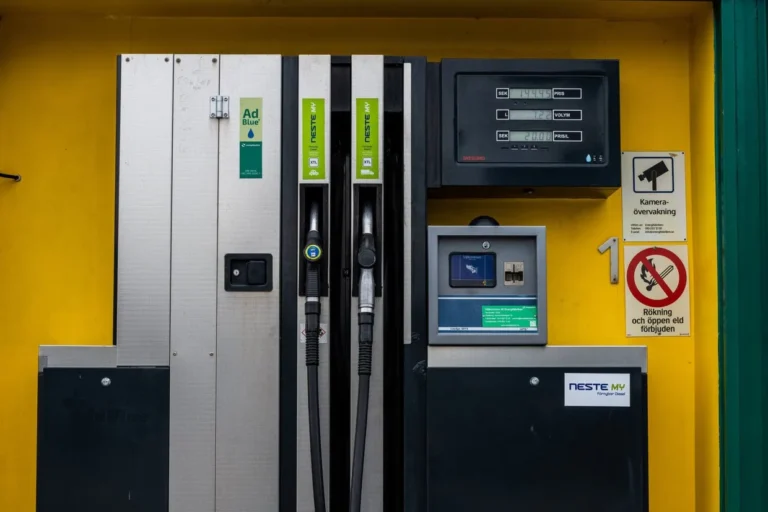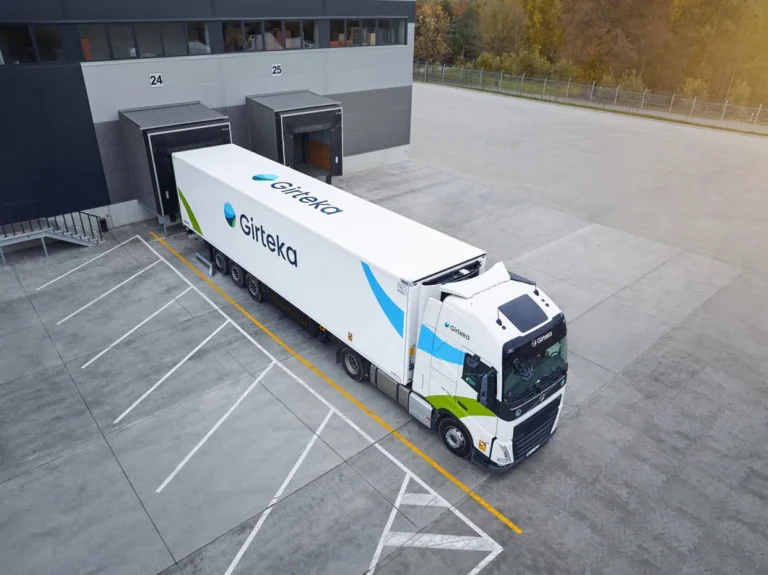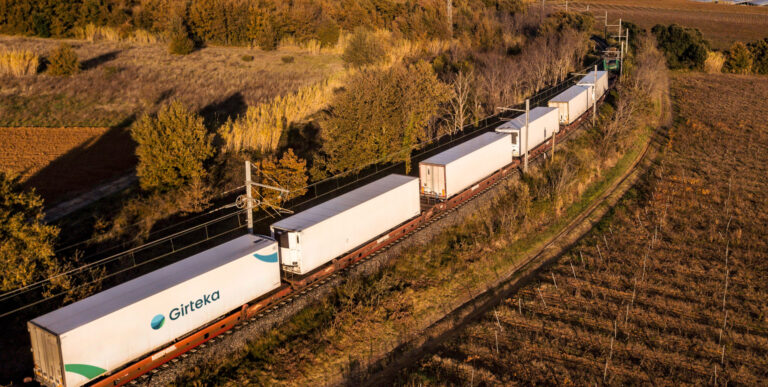Road transportation is a key part of how goods and essential items move around Europe. But there is a rising concern: the transportation sector is running out of truck drivers. The International Road Transport Union (IRU) reports that we are short of over 233,000 professional truck drivers. This issue is compounded by the fact that 1.3 million drivers are expected to retire soon, and fewer young people are stepping up to take their place.
The key question here is – why is there a lack of interest in truck driving among younger people? Could poor working conditions, including inadequate parking facilities, be part of the problem? How do these conditions affect the appeal of truck driving as a career?
First-hand Experience
Mindaugas Paulauskas, the CEO of Girteka Transport, recently completed an eye-opening two-week trip in the role of a truck driver, covering 7,600 km on key European routes.
This journey, part of the “Mindaugas on the Road” project, was undertaken to identify and understand the challenges truck drivers experience every day. Paulauskas, who made the trip together with a professional driver, Sergei Kovalev, shared their observations and experiences from the road.
As it turns out, inadequate parking facilities are a major concern for truck drivers across the continent. The availability and quality of parking facilities for truck drivers vary significantly from country to country, impacting both the efficiency of logistics operations and the well-being of the drivers.
The Example of Sweden and Denmark
In Sweden, truck drivers benefit from well-managed parking facilities, known for their secure and well-fenced areas ideal for transporting high-value cargo. This sets a strong example in parking facility management, reflecting a level of security and organization to aspire to.
Conversely, Denmark offers a contrasting scenario; despite having an adequate number of parking spaces to accommodate the many trucks on its roads, restrictions on long-term parking pose significant challenges.
“Sometimes you cannot take a long rest there, as parking spaces have limitations in terms of time, staying there for up to 9 hours. This is causing some issues for us,” explains Kovalev. Enhancing the flexibility of these facilities could significantly improve operational efficiency and driver satisfaction.
The Case of Germany, Netherlands, and Belgium
Germany faces a critical situation with its parking infrastructure, which is overwhelmed by approximately 800,000 trucks. “Overcrowded parking areas lead to substantial stress and logistical delays, as securing a parking spot by mid-afternoon becomes an almost impossible task for us,” summarizes Paulauskas.
Meanwhile, the Netherlands and Belgium offer better conditions with their secure paid parking facilities. “Nonetheless, the high demand near major urban centres quickly outstrips supply, highlighting the need for expanded capacity,” Paulauskas concludes.
The Experiences in France and Spain
France showcases excellent parking facilities along major highways, providing safe and comfortable stops for drivers. However, there is a notable inconsistency on national and local roads, where parking spaces are scarce and lack basic amenities, necessitating uniform quality across all road types.
“In Spain, while the availability of paid parking generally meets the needs of drivers, striving for consistent quality across all regions would further enhance the driving experience and ensure the safety and comfort of all drivers,” explained Paulauskas.
Support for Drivers and the Industry
These observations underscore the urgent need across Europe to address disparities in parking infrastructure and support the continent’s logistics needs by improving conditions for truck drivers, as Paulauskas’s experience shows.
The current state of parking infrastructure across Europe clearly falls short of what is needed to support the demands of the industry, particularly under the new constraints of the mobility package, which necessitates longer rest periods for drivers.
Paulauskas emphasizes: “The mismatch between the available parking infrastructure and the requirements set by legislation is not just inconvenient; it directly affects the bottom line for logistics companies through increased costs and delayed shipments.“
Addressing the parking issue is critical, especially if the industry hopes to attract a new generation of drivers. “Better parking facilities are not just about compliance with regulations; they are about respecting and valuing the hard work of our drivers,” Paulauskas points out.
By investing in a more robust and driver-friendly parking infrastructure, the sector can enhance the overall appeal of truck driving as a profession. This investment is a long-term strategy to ensure that truck driving becomes a more attractive and sustainable career choice for young individuals entering the workforce. Such improvements could significantly impact the quality of working conditions for truck drivers and, by extension, enhance the attractiveness of the profession.
Discover the full story of Paulauskas’s eye-opening two-week journey as a truck driver – to see more and gain valuable insights into the realities of truck driving, visit girtekadrivers.com/motr or follow Girteka’s YouTube channel.
